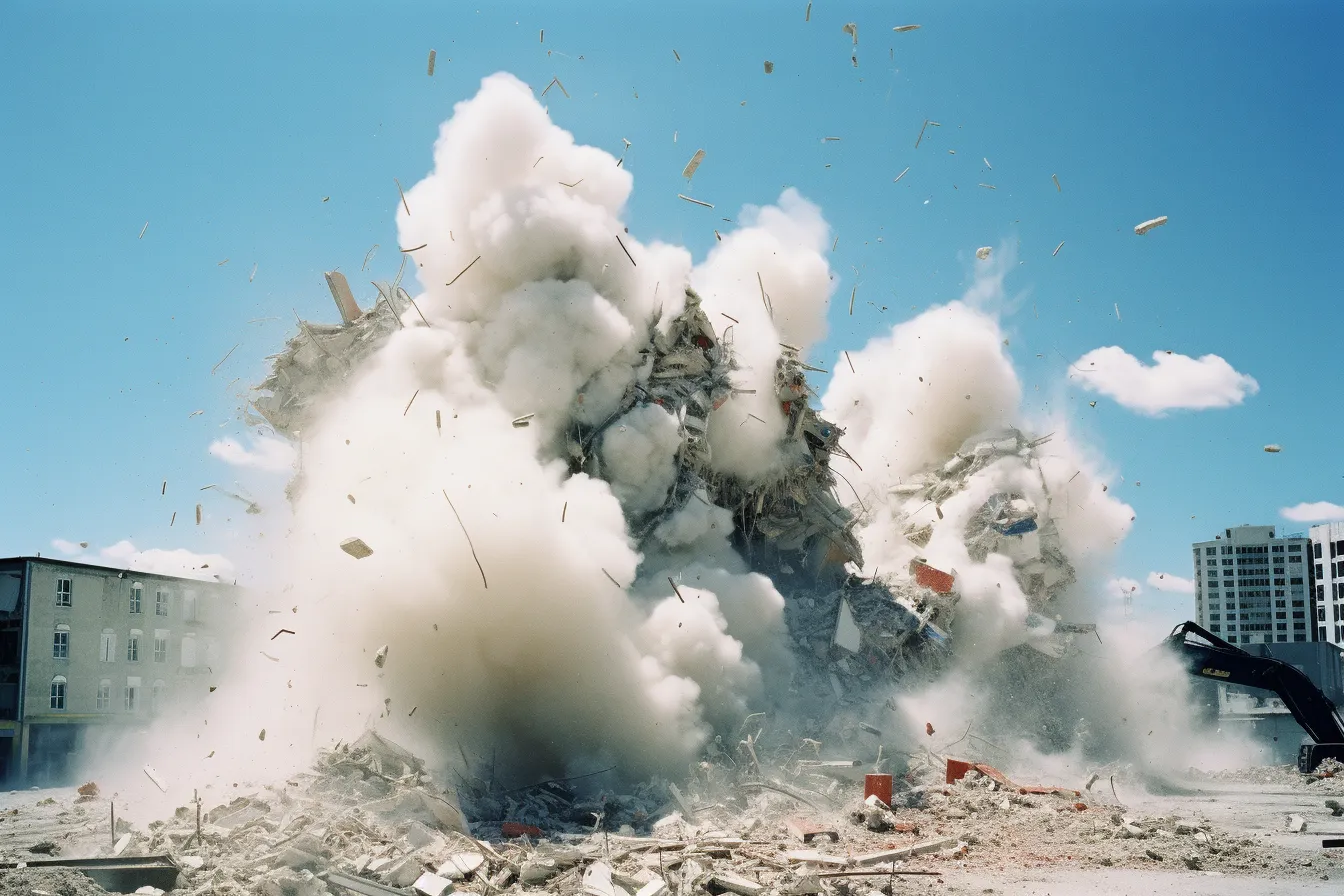Construction work can be both exciting and dangerous. With heavy machinery, hazardous materials, and elevated work areas, it’s important for construction workers to prioritize safety. In this article, we will discuss some essential safety protocols that every construction worker should know to ensure a safe job site. Whether you are a seasoned professional or just starting out in the industry, these guidelines will help reduce the risk of accidents and injuries.
The Importance of Safety in Construction
Safety should always be a top priority in any construction project. Accidents or injuries not only affect the well-being of the workers but can also lead to project delays, increased costs, and damaged reputation for the construction company. By implementing proper safety protocols, construction workers can protect themselves and their colleagues from harm, creating a productive and efficient work environment.
Essential Safety Guidelines
1. Personal Protective Equipment (PPE): Before starting any construction tasks, workers should ensure they are wearing the appropriate PPE. This includes safety helmets, protective eyewear, gloves, steel-toed boots, and high visibility vests. PPE helps protect against head injuries, eye hazards, hand injuries, foot injuries, and improves visibility on the job site.
2. Fall Protection: Falls are one of the leading causes of injuries and fatalities in the construction industry. To prevent falls, workers should always use fall protection systems when working at heights above six feet. This may include safety harnesses, guardrails, safety nets, or personal fall arrest systems. Regular inspections and maintenance of fall protection equipment are also crucial to ensure their effectiveness.
3. Hazardous Materials Handling: Construction sites may involve the use of hazardous materials such as asbestos, lead-based paint, or chemicals. Workers should be trained on proper handling, storage, and disposal of these materials. It’s important to use appropriate protective measures such as respirators, gloves, and coveralls when dealing with hazardous substances.
4. Equipment Safety: Construction machinery and tools can be dangerous if not used properly. Workers should receive thorough training on equipment operation, including proper startup, shutdown, and maintenance procedures. Regular inspections and maintenance should be conducted to identify and address any potential safety hazards.
5. Excavation and Trenching Safety: Excavation and trenching work present various risks, including cave-ins, falls, and exposure to underground utilities. Workers involved in these activities should be trained on proper procedures, including shoring, sloping, or using protective systems like trench boxes. Regular inspections must be carried out to ensure the stability of trench walls and remove any hazards.
Additional Safety Tips
– Regularly communicate and reinforce safety policies and procedures to all workers.
– Encourage a culture of safety by promoting reporting of hazards, near misses, and incidents.
– Establish emergency response procedures and conduct drills periodically.
– Stay updated on relevant safety regulations and industry best practices.
– Conduct regular safety meetings and toolbox talks to address specific safety concerns.
– Provide adequate lighting and signage to improve visibility and prevent accidents.
– Emphasize the importance of proper lifting techniques and provide lifting equipment when necessary.
– Address any safety concerns or hazards immediately to prevent accidents.
– Train workers on first aid and CPR to ensure they can provide immediate assistance if needed.
Remember, safety is a shared responsibility. Whether you are a construction worker, supervisor, or employer, it is crucial to prioritize safety and create an environment where everyone feels empowered to identify and address potential hazards. By adhering to these safety protocols and taking proactive measures, we can all contribute to a safer construction industry.
